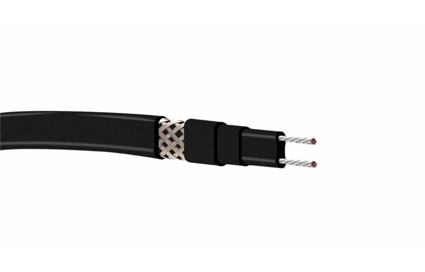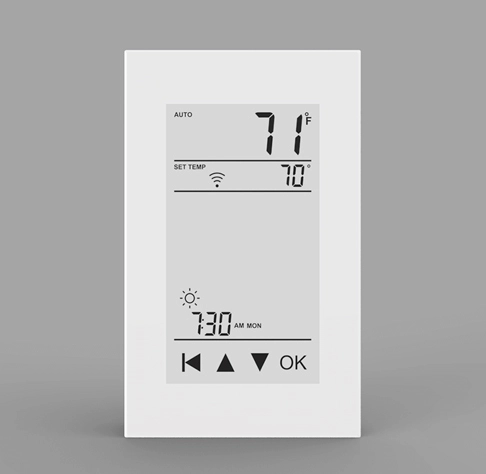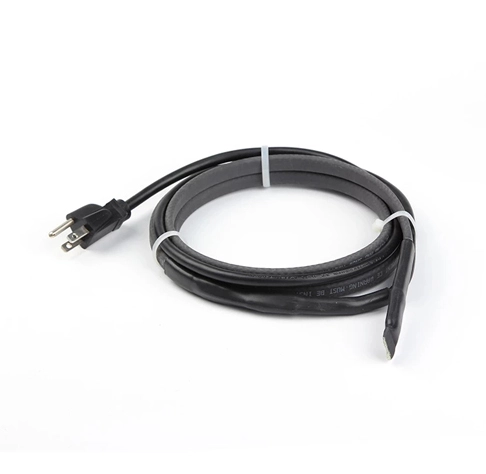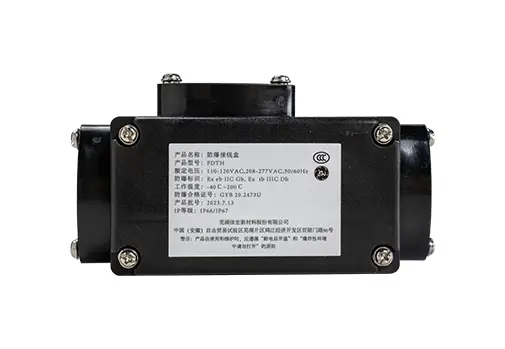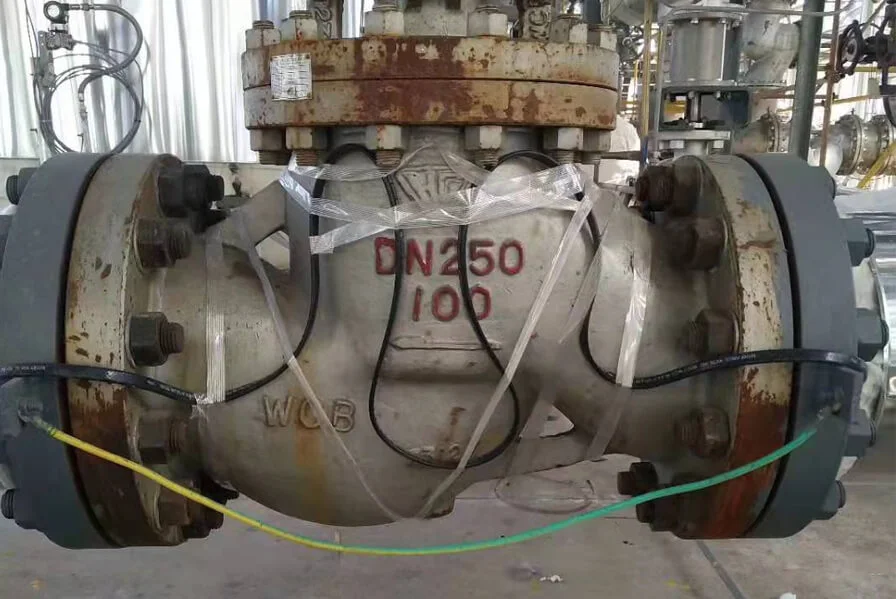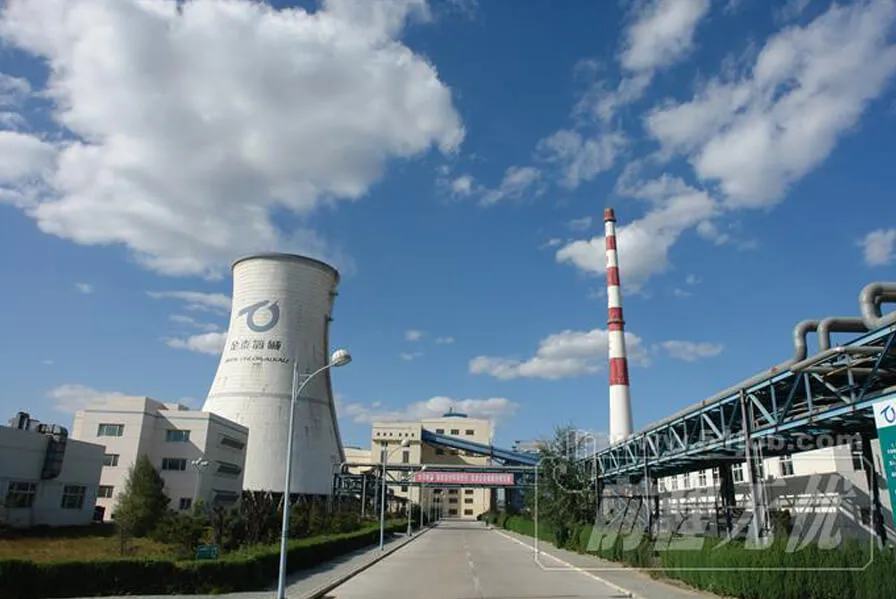A Detailed Description About the Self-Regulating Cable The main reason why the self-regulating cable is more advantageous than the standard heating cable is because it cannot get overheated enough to cause damage to itself. Self-regulating cable systems offer protection against frozen roof gutters, burst water pipes, snow-covered walkways, etc. Although very many people use this heating system in their homes, very few actually know how it works, and in this article, we will show you the magic behind the working of this cable as well as its main benefits.
How Does A Self-Regulating Heating Cable Work?
Self-regulating heating cable, also called Self Regulating heat trace, is designed in such a way that, as it gets hotter, it reduces the amount of electricity flowing in. Although the term self-regulating might seem to suggest that the cable will attain some given temperature and maintain it at that level, it is important to note that the cable only works by limiting the heat flow until at some point below a temperature that would potentially damage the cable. At this point, the cable prevents electricity from flowing through. The best way to describe this system would, therefore, be “self-limiting”. We will let you know how this cable work by focusing on the individual parts of this system and what they do.
Parts of a heating cable
Outer plastic jacket This outer jacket works by shielding or protecting the cable against mechanical and moisture damage. It is, however, important to note that the plastic outer jacket is not present on all heating cables. Inner plastic insulation This acts as the main layer of insulation (electrical) between the outside and the live-current heater. The cable also has bus wires which connect the heater to the power source. The conductive core This is where the real magic of self-heating occurs. The conductive core is made of a unique plastic material. This plastic is electrically insulating at high temperature and conductive at low temperatures. This property of the plastic leads to what is commonly referred to as the positive temperature coefficient or simply, the PTC element. This means that, as the temperature increases, so does the resistance of the cable. To understand this better, consider the following equation: R= kT, where T is the temperature, k is a constant ratio, and R is the resistance. The actual process is a bit complex and this is a simple equation to show you the general idea. As electricity flows through the plastic material, some of it is absorbed by the resistive plastic, which turns it into heat. It works the same way as to how the tungsten coil absorbs electricity to produce light in an incandescent light bulb.
The magic behind how the conductive core works
Design and a good choice of material can be accredited to the efficiency of this core. It is important to note that, the negative and positive bus wires don’t touch each other during the action. This means that all the electricity flow through the core itself. As the current flows, microscopic electrical pathways are created and forced to flow from one bus wire to the other. It is important to note that, all this happens within the matrix of the core. The small circuits have some amounts of resistance which combine to form a large heating element. As the core gets heated, it expands and warms up your workload. However, the conductive core expands in an irregular manner and hence creating gaps in the matrix. The created gaps disconnect or break apart some of the electrical pathways. As the core gets hotter, it expands more and hence creating more gaps in the matrix. This means that the number of complete circuits continues getting smaller. As the temperature continues to increase, many gaps develop in the matrix until it is impossible for any current to flow through. At this point, the cable stops generating any heat.
Advantages of the Self-Regulating Heating Cable
Temperature regulation The main advantage of the self-regulating cable is its ability to limit the amount of current flowing through it. As we have already explained, as the temperature increases, the microscopic electric pathways are broken. This increases the cable resistance and hence decreasing the amount of heat produced. The self-regulating cables are suitable for frost prevention and temperature maintenance because they produce less heat when warm and more heat when cold. Inherently temperature safe This is a term used to refer to a type of cable that limits its heat production as it approaches temperature levels that could interfere with its operation. The self-regulating cable cannot produce heat to the point of damaging itself, and it is therefore described as being inherently temperature safe. However, it is always advisable to incorporate a thermostat in your heating system especially when you are not sure whether your cable is inherently temperature safe. Flexibility in installation These cables can be cut to achieve the desired length either during design or in the field. This is because the heating circuit is infinitely parallel. This minimizes wastage and also increases flexibility during the installation process.
Do I need to incorporate a temperature control system when using this cable?
Like we have already mentioned, this system works by limiting the amount of current flowing through the cable. Although there are some cases where you can work without using a thermostat or any temperature control system, it is not always recommended. Here is a reason why you should use a thermostat or use any other temperature controller: Accuracy or precision Please note that these cables are widely used in industrial applications that require a specific temperature optimum level. Although these cables are inherently temperature safe, it would be unwise to expect that the system would regulate the temperatures to such precise degrees. Incorporating a simple thermostat in your system can enable you to achieve the required precisions. As you can see, there are so many advantages of using a self-regulating cable over the standard one. Incorporating a suitable temperature controller into the system is equally important since it saves you from unnecessarily losing energy and also from unforeseen mishaps as a result of using an uncontrolled heating cable.


